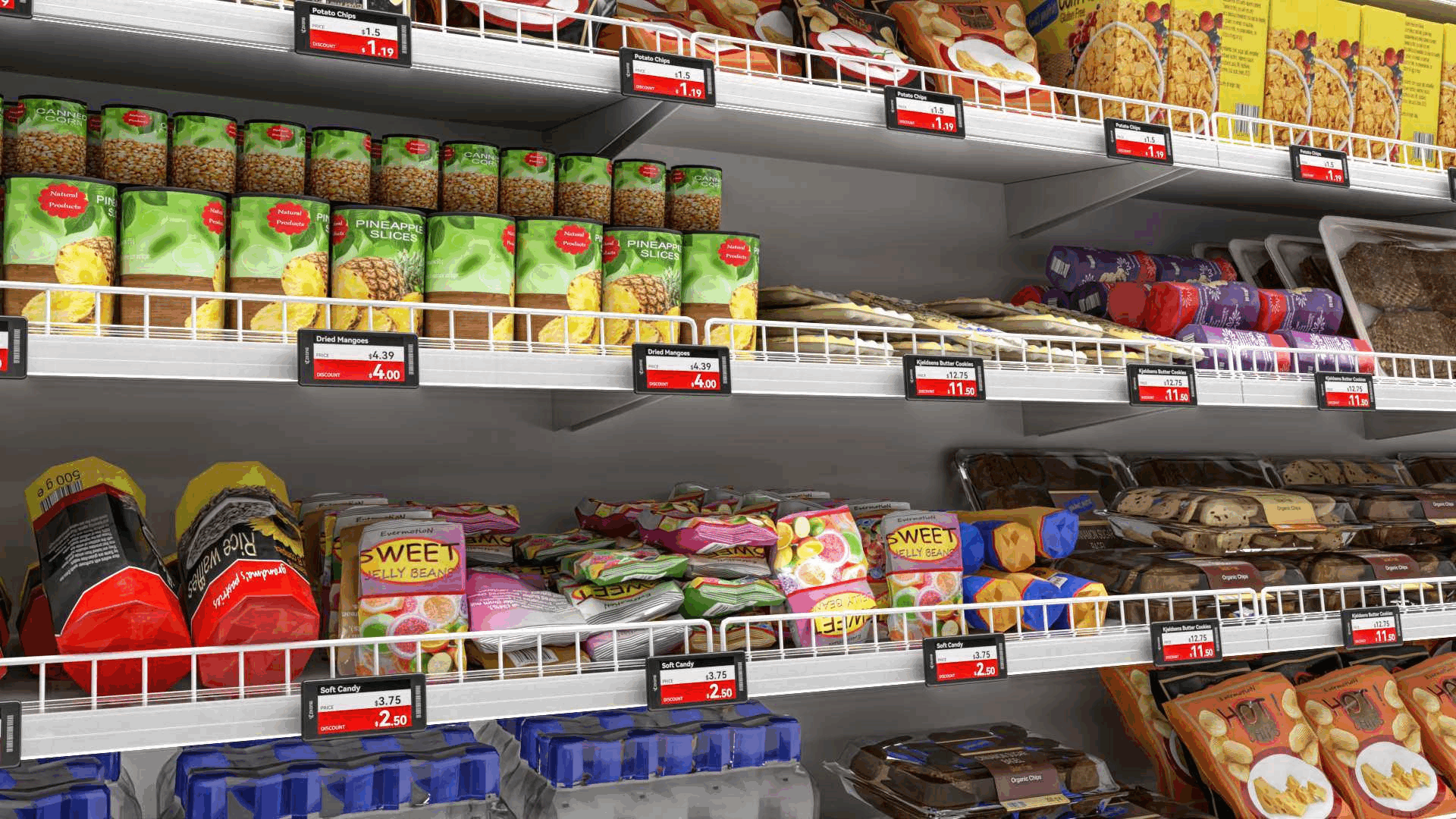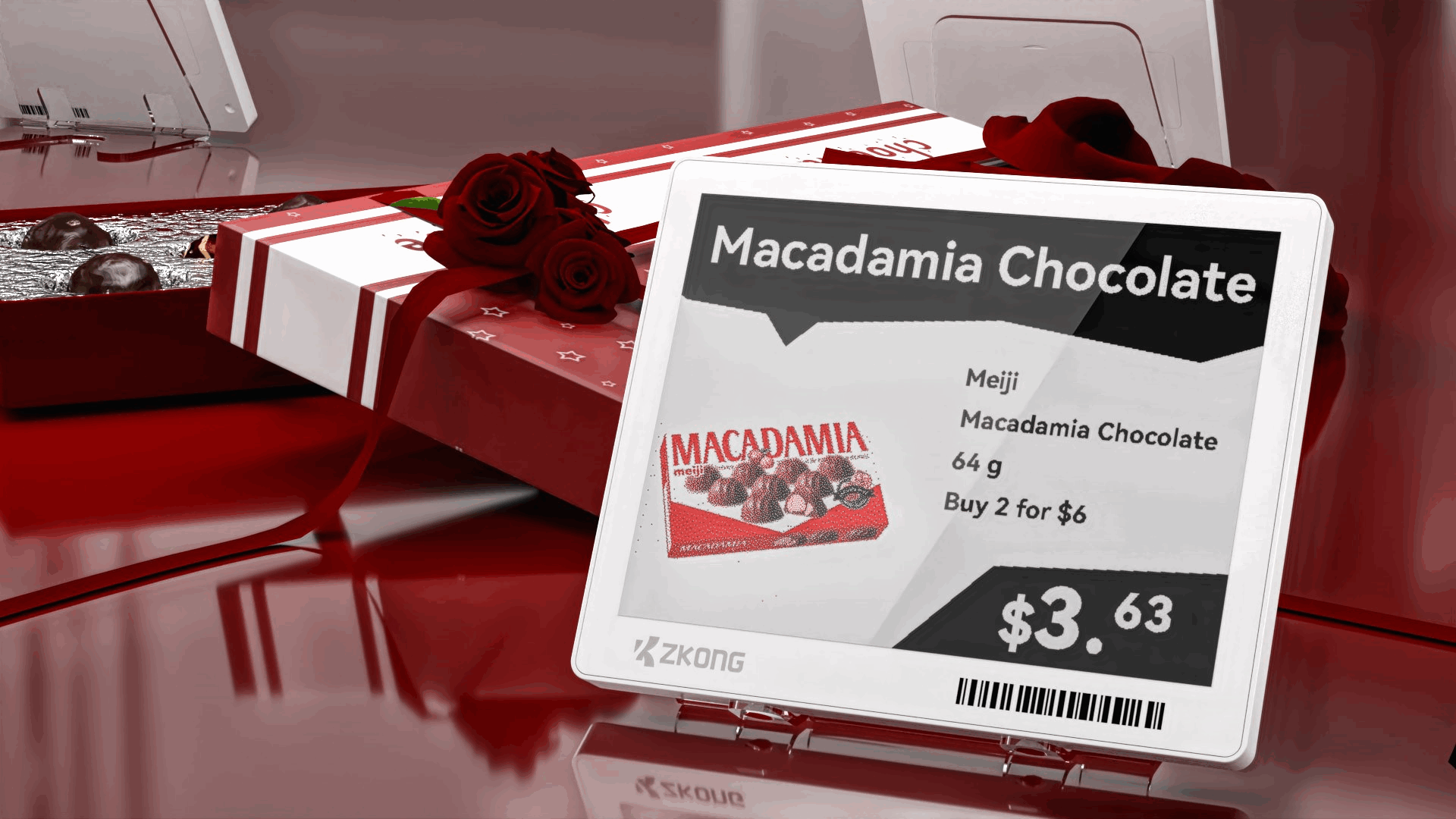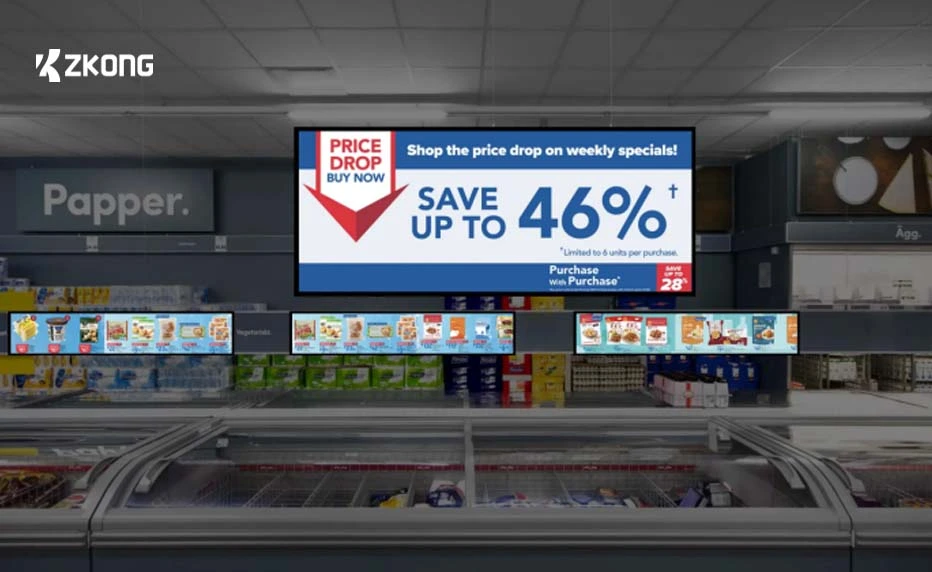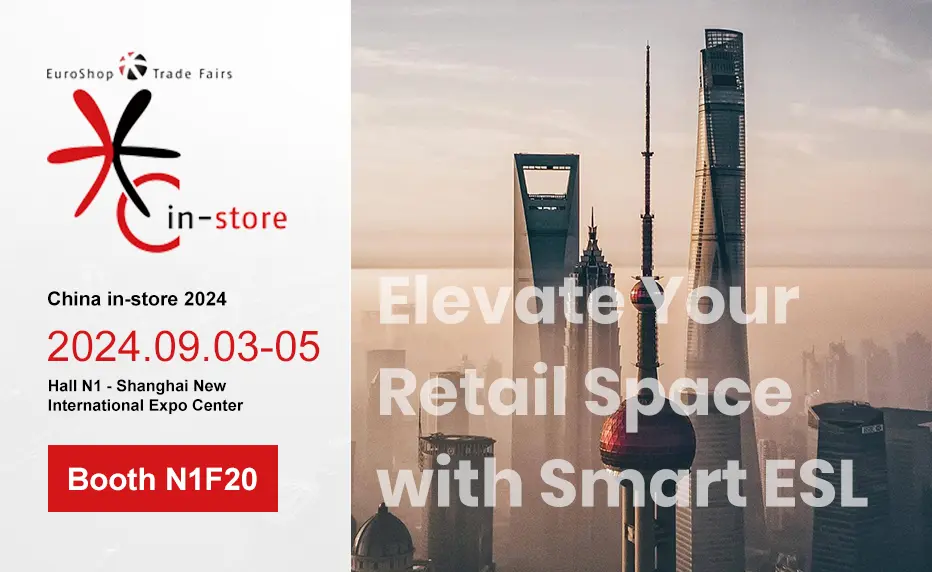As the retail industry continues to evolve and technology advances, Electronic Shelf Labels (ESL) have increasingly become an integral part of modern retail stores. ESLs, which replace traditional paper price tags, are electronic display devices capable of showing text, numbers, images, color blocks, barcodes, and QR codes. They are mainly used in large supermarkets, convenience stores, pharmacies, and other locations to display pricing information. ESLs not only enhance operational efficiency in the retail sector but also profoundly transform the consumer shopping experience, becoming a crucial pillar of the new retail model.

An electronic shelf labeling system primarily consists of a display screen, communication module, and application accessories. The display screen typically uses electronic ink technology, known for its extremely low power consumption, ensuring that ESLs operate stably over long periods. Most ESLs on the market have a lifespan of over five years, offering high durability and reliability.
ESLs offer various intelligent features. For example, ZKONG's ESLs are equipped with advanced communication modules that enable real-time updates of product pricing information. Additionally, ESLs can display various types of content such as product names, inventory status, promotional information, and more, providing significant convenience for both merchants and consumers.
Electronic shelf labels contribute to new retail in several key ways:
1. Backend Price Updating:
The primary function of ESLs is to display product pricing information. Unlike traditional paper price tags, ESLs allow for backend price updates, enabling merchants to instantly update pricing information across all stores with a single click. This eliminates the time-consuming and error-prone manual process of changing price tags, ensuring timely and accurate price adjustments.

2. Integration of Online and Offline Operations:
As an important interactive medium in new retail scenarios, ESLs enhance the integration of online and offline operations. Consumers can scan QR codes on ESLs to seamlessly link to the merchant's online store, gaining access to product traceability, customer reviews, promotional details, and other value-added services. This integration enriches the shopping experience and provides merchants with new marketing channels, driving the development of the new retail model.
3. Improved Inventory Management:
ESLs provide real-time reflection of product inventory status, helping merchants manage inventory more accurately and reduce issues of stockouts or overstocking. By linking with backend systems, merchants can monitor inventory levels, quickly restock, or adjust product placement strategies in response to market demand changes.
ESL technology has become a popular trend in the retail sector, especially in Europe, where its adoption rate is significantly higher than in China. This growth is attributed to the widespread use of technologies like Radio Frequency Identification (RFID) and Bluetooth, which facilitate seamless communication between ESL devices and store networks.
However, with the growing market demand, ESL technology faces several challenges and opportunities. The anticipated market growth indicates an increasing demand for ESLs, particularly in e-commerce and order picking automation. Yet, pricing inaccuracies and regulatory compliance issues may pose challenges to technology adoption. Traditional ESL solutions are being upgraded with QR codes and Near Field Communication (NFC) technologies to meet modern retail needs.
Beyond retail, ESL displays (electronic shelf label displays) are also demonstrating significant potential in advertising and healthcare. Their high-definition quality and dynamic display capabilities make them ideal for creating eye-catching digital billboards. In healthcare, ESL displays are used for displaying patient information in hospital wards, allowing real-time updates and improving hospital management efficiency.
As IoT technology advances, more retailers are adopting ESL displays to enhance operational efficiency, conversion rates, and customer retention. ESLs not only improve the shopping experience but also optimize workflow, boosting employee satisfaction and efficiency.
Electronic pricing labels, with their high intelligence and flexibility, are leading the digital transformation in retail. By enabling backend price updates, integrating online and offline operations, and improving inventory management, ESLs significantly enhance retail operations' efficiency and accuracy. As technology continues to develop and the market expands, ESLs will showcase their unique value in more sectors, driving ongoing innovation and growth in the new retail model.


